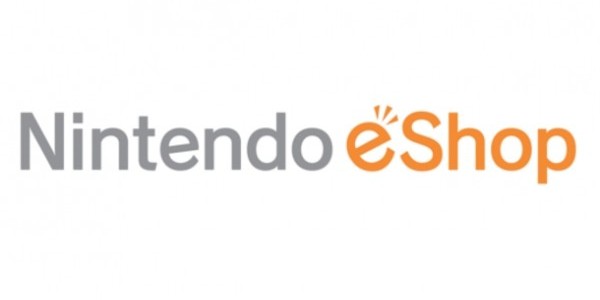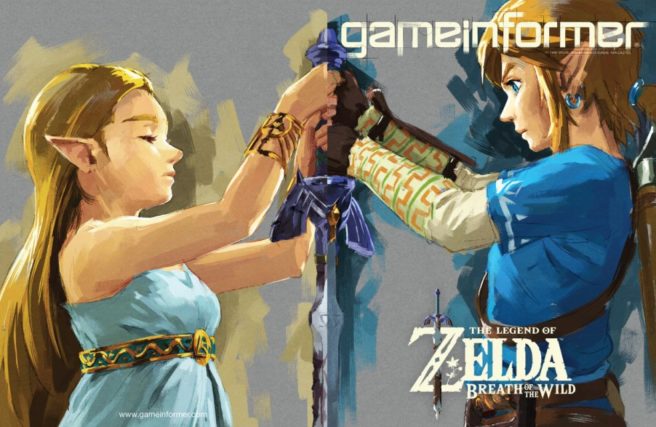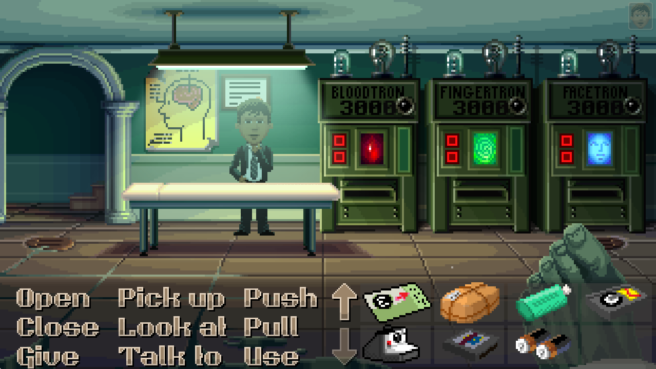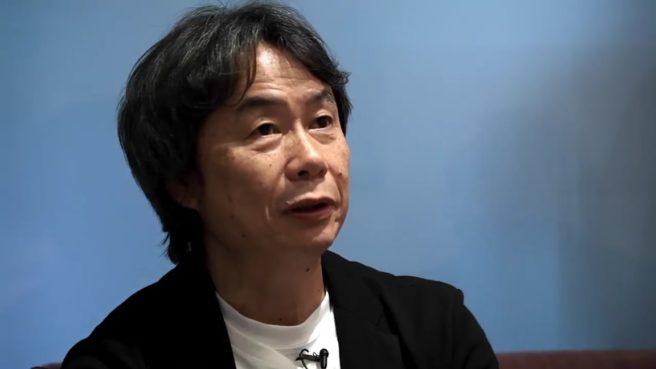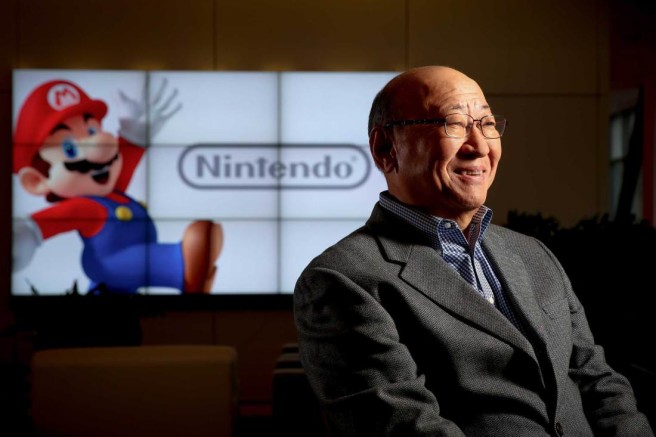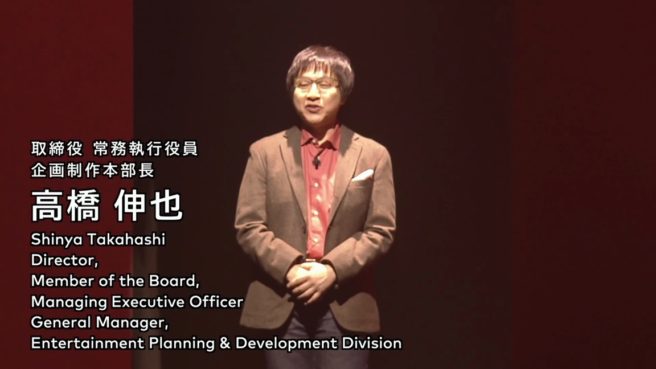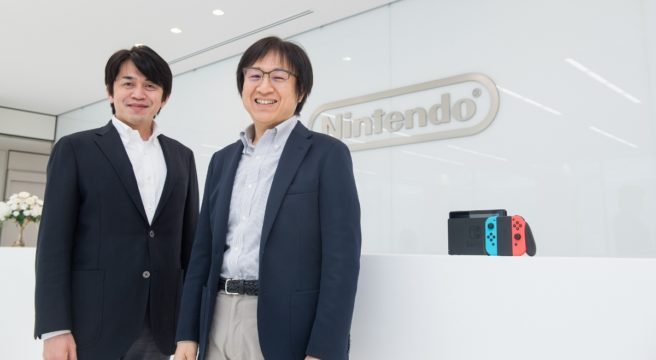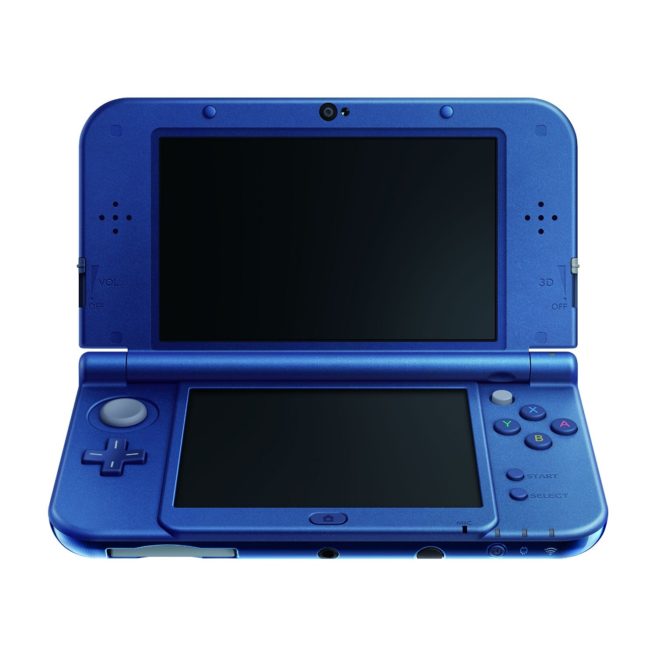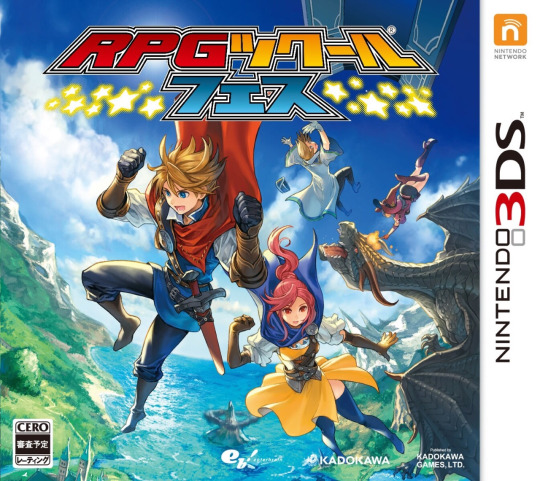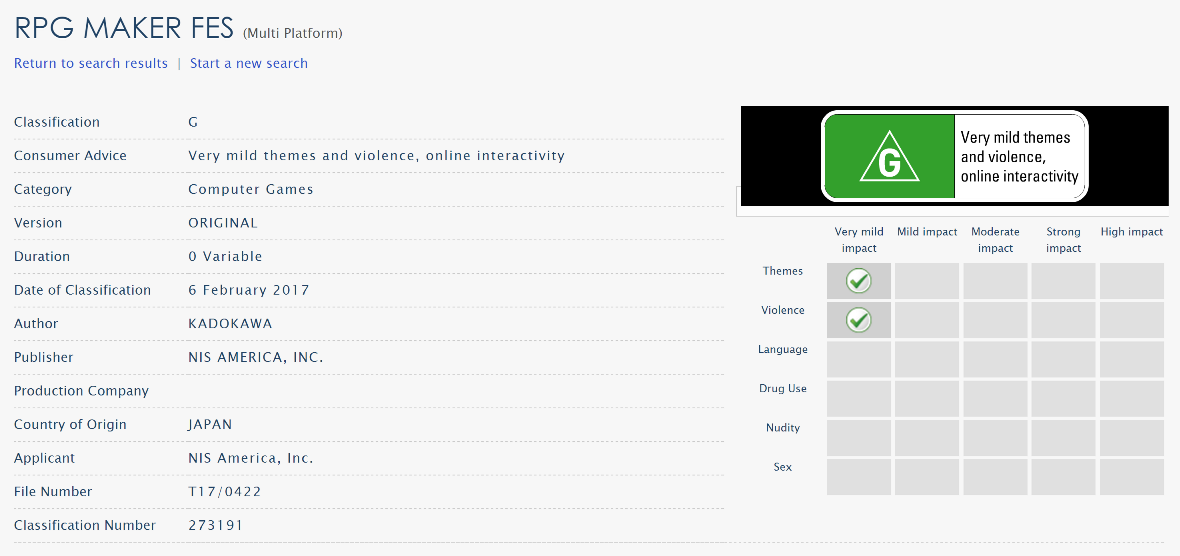Nintendo says the company is working with indies “on a wide range of content”, more news as GDC approaches
Posted on 7 years ago by Brian(@NE_Brian) in General Nintendo, News, Switch eShop | 7 Comments
Engadget published a piece today about developer aeiowu bringing TumbleSeed to Switch. As part of that, the site received a comment from Nintendo about indies in general.
“Nintendo greatly values its collaborations with indie developers across the world, and is working closely with them on a wide range of content,” a representative told the site. The same statement adds, “We look forward to discussing more as we approach GDC 2017.”
GDC is just around the corner – the event begins on February 27.
Zelda: Breath of the Wild is Game Informer’s March 2017 cover story
Posted on 7 years ago by Brian(@NE_Brian) in News, Switch, Wii U | 13 Comments
Game Informer has revealed that its cover story for the March 2017 issue is dedicated to The Legend of Zelda: Breath of the Wild. This is worth sharing if only for the beautiful art alone.
Game Informer says it “experienced more of the game than anyone outside of Nintendo, playing through a dungeon in its entirety, exploring the sprawling open world of Hyrule for hours, discovering Shrines, appreciating the wildlife, and fighting surprisingly powerful monsters (including the dungeon boss, Wind Blight Ganon, and a Guardian).” The magazine also comes with an interview featuring Zelda producer Eiji Aonuma and Shigeru Miyamoto.
Thimbleweed Park dev talking with Nintendo, wants to port the game to Switch as soon as possible
Posted on 7 years ago by Brian(@NE_Brian) in News, Switch eShop | 0 comments
Former LucasArts developers Ron Gilbert and Gary Winnick are currently finishing up their new point-and-click adventure game Thimbleweed Park. It won’t be on Switch immediately, but it sounds like it’s just a matter of time until it appears on the eShop.
Gilbert told Gamereactor:
“We’re gonna be at Xbox One at launch, Microsoft has a three month console exclusive. As soon as that period is up, we port it to the PlayStation 4, and I would love to be on Nintendo.”
“Nintendo is not particularly good at working with small developers and publishers initially, they like to go out to the big publishers and after a year they let smaller things in. We are definitely talking to Nintendo and as soon as we can do, we will port it.”
Thimbleweed Park is intended to be a spiritual successor of sorts to Maniac Mansion and The Secret of Monkey Island. You can watch a trailer for the game below.
More: interview, Ron Gilbert, Terrible Toybox, Thimbleweed Park, top
Kimishima, Miyamoto and Takeda on Nintendo’s development structure, expanding the company, more
Posted on 7 years ago by Matt(@OnePunchMaz) in General Nintendo, News | 0 comments
At the Q&A session at Nintendo’s latest Corporate Management Policy Briefing, one of the questions was about Nintendo’s internal development structure, the development team that handles the smart device games and Nintendo’s hiring process. The question was answered by company president Tatsumi Kimishima, Shigeru Miyamoto (Director, Creative Fellow) and Genyo Takeda (Director, Technology Fellow).
Q: I would like to hear more about the current and future direction of your development structure, which is widely considered to be your greatest competitive strength. Do you plan to maintain the current scale for the mid- to long-term, or will you expand it? How will you expand the smart-device team within the larger development structure? My assumption is that there are currently fewer than 100 people on this team, do you think that is sufficient? Also, what sort of employees are needed to help Nintendo grow and evolve in the future, and how do you plan to develop these employees?
A: Kimishima:
Our overall development staff has increased over the past year, but that does not mean it will necessarily continue to increase. In the entertainment industry, it is very common to take the approach of hiring employees who already have experience and technical knowledge in needed areas, in addition to developing new technology and ideas within the company. Going forward, we would like to increase the number of employees who already have some technical ability and who have fun ideas that can inspire new game experiences. These are the kind of people we see as necessary in our field of development. For smart devices, we have been developing using one of our most important IPs, Mario, so instead of using a team that had no prior experience with Mario, we had developers who worked on past Mario games join the development of Super Mario Run. The scale of the team we currently have working on apps is not as large as you
surmise. In the future, while we will plan the course of development, we may not necessarily allocate exclusively internal development resources. We would like to continue cooperating with external partners who understand Nintendo well when the situation calls for it.
Head past the break for Miyamoto’s and Takeda’s take on the subject:
More: Genyo Takeda, Shigeru Miyamoto, Tatsumi Kimishima, top
Nintendo president Tatsumi Kimishima on what sort of person would be suitable as his successor
Posted on 7 years ago by Matt(@OnePunchMaz) in General Nintendo, News | 5 Comments
At the Q&A session at Nintendo’s recent Corporate Management Policy Briefing, president Tatsumi Kimishima was asked about his eventual successor as president of Nintendo.
Q: Mr. Kimishima, what do you feel is your goal as a manager in considering your successor? What sort of person do you think would be appropriate to lead the company in the future?
A: I believe that my personal role is to consider how to create an internal structure that will allow Nintendo to continue to release entertaining products in the future. When I took on the President position, it was still too early to reveal the full details of Nintendo
Switch, our smart-device business and our efforts to use Nintendo?s IP. I have been working with both Fellows since then to make sure that these business ventures could get off to a successful start.
More: Tatsumi Kimishima, top
Kimishima and Takahashi on whether the 3DS and Switch can coexist
Posted on 7 years ago by Matt(@OnePunchMaz) in 3DS, News, Switch | 26 Comments
At the Q&A session at Nintendo’s latest Corporate Management Policy Briefing, one of the questions was about whether or not the Switch and the 3DS can coexist and the Switch’s role as a portable device. The question was answered by company president Tatsumi Kimishima and Shinya Takahashi (Director, Managing Executive Officer, General Manager of Nintendo’s Entertainment Planning and Development Division).
Q: How do you plan to make it so that Nintendo 3DS and Nintendo Switch will coexist in the marketplace? And, if the users start recognizing Nintendo Switch as a portable gaming device and using it as such, will it make sense for the company to release a next-generation portable game device?
A: Kimishima:
As for your question on the Nintendo 3DS, we believe it can coexist with Nintendo Switch for the time being. Nintendo 3DS is a different system from Nintendo Switch in terms of its shape, weight, price and the types and number of available software titles. From this perspective, I believe parents will opt to choose Nintendo 3DS as their children?s first video game system. So we recognize that Nintendo 3DS as a portable game device meets different needs and fits different markets than Nintendo Switch, and we will keep this recognition in mind as we consider the future of our dedicated portable video game business.
More: Shinya Takahashi, Tatsumi Kimishima, top
Miyamoto, Takahashi and Takeda on Switch’s third-party support, ease of porting, more
Posted on 7 years ago by Matt(@OnePunchMaz) in News, Switch | 4 Comments
Nintendo has just published a translated transcript of the Q&A session at their latest Corporate Management Policy Briefing.
The following question is about Nintendo’s third party relations regarding the Switch, how Nintendo’s own internal development teams are handling it and Nintendo partnering up with NVIDIA. The question was answered by Shinya Takashi (Director, Managing Executive Officer, General Manager of Nintendo’s Entertainment Planning and Development Division), Shigeru Miyamoto (Director, Creative Fellow) and Genyo Takeda (Director, Technology Fellow).
Q: I believe that inadequate third-party support for the platform (and the lack of compatible software as a result) was the big issue for Wii U. Mr. Takeda just mentioned that Nintendo Switch is a high-performance system. From that viewpoint, I would like to know how third-party publishers are viewing Nintendo Switch. Also, how are Nintendo?s internal developers appreciating Nintendo Switch and what kind of development direction are they taking in creating software for it? Also, what has technically been done for the system in order to realize the high performance of GeForce while managing the power consumption?
More: Genyo Takeda, Shigeru Miyamoto, Shinya Takahashi, top
3DS update 11.3.0-36 out now
Posted on 7 years ago by Brian(@NE_Brian) in 3DS, News | 14 Comments
The latest firmware update for 3DS is now available. Nintendo just issued version 11.3.0-36.
In line with the past several updates, this one is also small in nature. Nintendo’s lone notice about it is as follows: “Further improvements to overall system stability and other minor adjustments have been made to enhance the user experience”.
You’ll need to grab today’s update in order to access the 3DS eShop.
More: system update, top
Nintendo on Switch – bridging portables / consoles, meeting third-parties, balancing fun and graphics, more
Posted on 7 years ago by Brian(@NE_Brian) in News, Switch | 83 Comments
TIME has posted a lengthy interview with Nintendo director Shinya Takahashi and Switch producer Yoshiaki Koizumi about the company’s brand new console. There were lots of interesting comments here, such as how it can be a means of bridging portables / consoles and striking a balance between fun and graphics. The two also spoke about how they personally met with third-parties and showed off 1-2-Switch, Snipperclips, and more.
Read on below for a rundown of Takahashi and Koizumi’s comments. TIME’s piece can be found here for a few more remarks.
More: interview, Shinya Takahashi, top, Yoshiaki Koizumi
RPG Maker Fes heading west
Posted on 7 years ago by Brian(@NE_Brian) in 3DS, News | 18 Comments
RPG Maker Fes will be released outside of Japan, a classification listing from Australia reveals. NIS America will handle the game in the west.
RPG Maker Fes has not been officially revealed for North America or Europe just yet. However, we do know that NIS America is holding a press event later this month, and 3DS news was teased among the upcoming announcements. We expect to hear something officially at the event, which takes place on February 17.
In Japan, RPG Maker Fes launched on November 24. It allows users to create their own RPGs without having to be familiar with programming, and creations can be shared online with others. A free RPG Maker Fes Player also came out at around the same time on the eShop. The downloadable app makes it so games created in RPG Maker Fes can be played for free.
